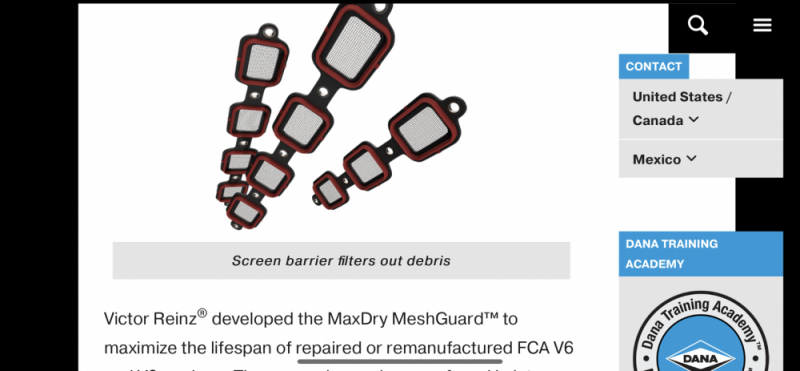Quadstar Tuning LLC
Quadstar Tuning LLC
A not so fun part of making more power with a 6.5 that we run into is the annoying intake resonance they can produce. The factory plenum, turbo, and air intake had intentional design features to get rid of most of it, but all that goes away in favor of moving more air through the engine.
Has anyone done any work in this area and found some root causes? Cam profile, head work, etc?
A few things we've noticed over the years is that the dual plane intake masks "some" of it and it's not related to the combustion event or injection timing since it does it at higher RPM, even in deceleration fuel cutoff (handy feature of the EFI pump). Surely, we aren't crazy and this bothers other owners too!
Has anyone done any work in this area and found some root causes? Cam profile, head work, etc?
A few things we've noticed over the years is that the dual plane intake masks "some" of it and it's not related to the combustion event or injection timing since it does it at higher RPM, even in deceleration fuel cutoff (handy feature of the EFI pump). Surely, we aren't crazy and this bothers other owners too!


